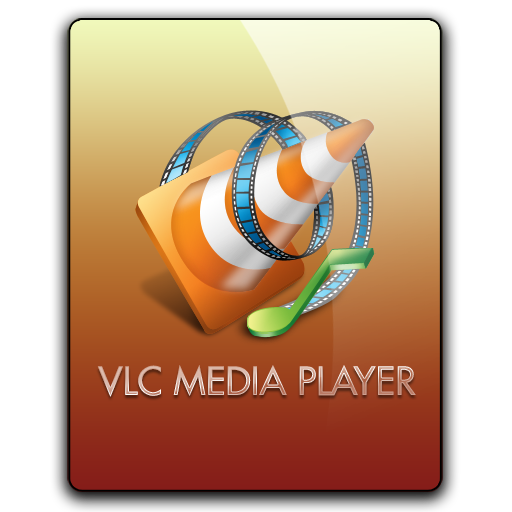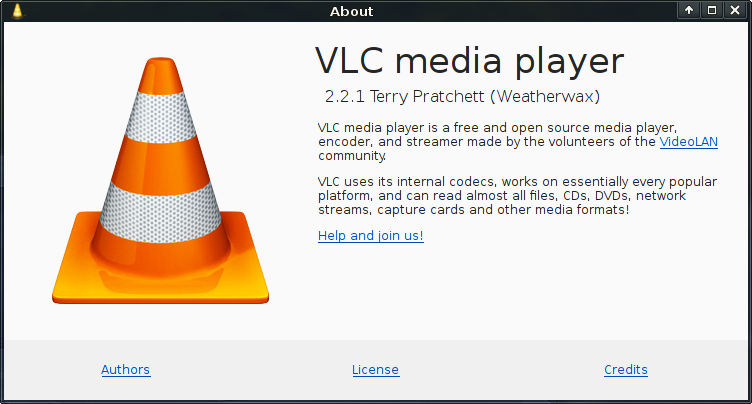


The encoder, dubbed x264, was extremely efficient, making it possible to transmit video with a fraction of the bandwidth of a traditional MPEG2 stream. In 2003, one of the VideoLAN team members began working on an encoder for the H.264 video codec to optimize VLC's media server component. The project's IP television heritage also helped it become a key enabler of modern-day streaming media. Using the same dependencies across all platforms, VLC just worked, and it quickly gained momentum as a kind of Swiss Army knife for media playback.ĭownload records, patent threats and barely any money
#Videolan vlc media player download#
That was different from Windows, where the system media player often refused to play videos downloaded from file-sharing networks, requiring users to jump through a bunch of hoops and download third-party codec packs from questionable sources. Due to the operating system's lack of native codec infrastructure, VLC was packaged together with all of the codec dependencies necessary to play most video files and formats. One of the reasons for VLC's unexpected success lied in its Linux roots. At the same time, a U.K.-based developer ported VLC to Windows, where it became a surprise hit as well. Apple's initial versions of OS X didn't come with a built-in DVD player app, and early adopters of the new system flocked to VLC as a replacement. Weeks after VLC got released as open source in 2001, a developer in the Netherlands ported it to MacOS, causing the first real usage spike. "It was Linux and BeOS at the time," Kempf said. No one really had any inkling how successful VLC could become as a cross-platform media player. In those early days, much of the work was still focused on the server that redistributed streams across the campus network. The project got passed down as students graduated, and eventually, the team behind it decided to open-source it. To achieve this, students developed a video server and a playback app, at the time called VideoLAN Client.

"The goal of the project was to show that you could resend the satellite feed and decode on normal machines, which would cost a lot less," said VideoLAN foundation President Jean-Baptiste Kempf.
#Videolan vlc media player tv#
The idea: Instead of equipping each dorm room with its own satellite dish and set-top box, students would find a way to stream TV signals over their local network. In desperate need for an outside sponsor, the students struck a deal with a big French broadcaster, which wanted to use the campus grounds as a testbed for an early version of IP-based TV delivery. However, the university wasn't able to provide a network update. They wanted to download files, browse the web and most of all play Duke Nukem 3D, which was impossible on the ageing network architecture. But by the mid-'90s, students wanted more. For years, the technology had done its job, offering access to email and newsgroups. The university's Token Ring network had become much too slow for students living on campus. The student staff running the campus network of the École Centrale Paris had a problem.


 0 kommentar(er)
0 kommentar(er)
